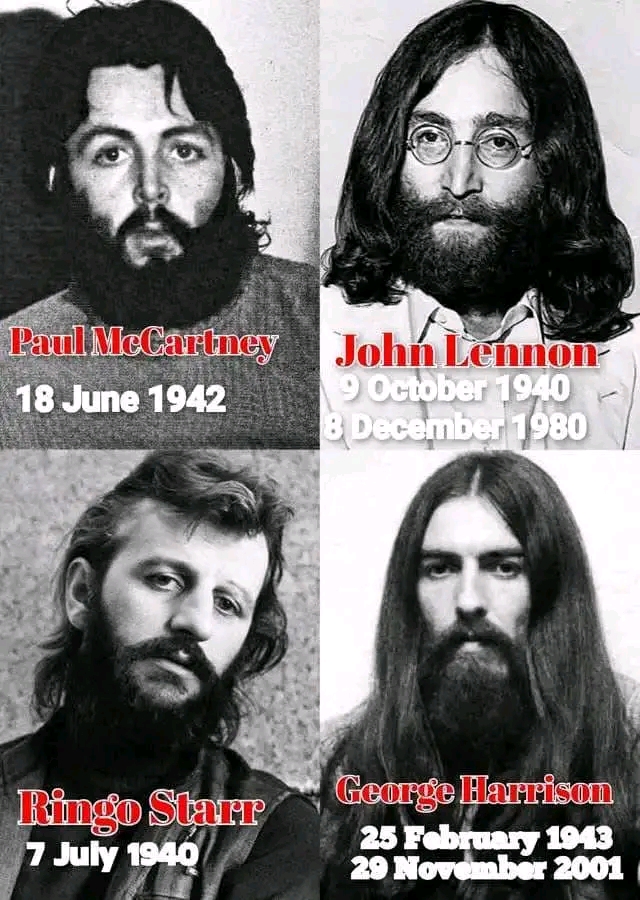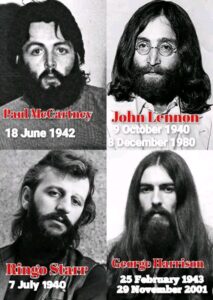
Title: How Did The Beatles Plagiarize Their Own Song? Watch Now—Check in This Article
The Beatles, often hailed as the greatest and most influential band in history, revolutionized popular music with their innovative sound, songwriting prowess, and cultural impact. However, their creative journey was not without controversy. Among the many debates surrounding their catalog, one particularly intriguing incident involves accusations that The Beatles plagiarized their own song. How could a band known for originality end up copying their own work? In this article, we’ll explore the story behind this controversy, dissect the musical similarities, and understand the context that led to such claims.
Setting the Stage: The Beatles’ Musical Evolution
From their early days in Liverpool to global superstardom, The Beatles constantly evolved, blending genres—from skiffle and rock ’n’ roll to psychedelia and experimental sounds. Their songwriting partnership, primarily between John Lennon and Paul McCartney, produced an astonishing number of hits. Yet, with such prolific output, it was inevitable that some songs would.
The controversy centers around the songs “Come Together” (1969) and “You Can’t Do That” (1964), and allegations that parts of “Come Together” resemble earlier Beatles tracks or that they borrowed motifs from their own work.
Specifically, some critics and listeners have pointed out that “Come Together” echoes certain rhythmic patterns and lyrical themes found in “You Can’t Do That,” leading to accusations of self-plagiarism. The allegations gained traction when legal disputes surfaced, suggesting that The Beatles may have reused musical ideas without proper acknowledgment.
Let’s delve into the musical features:
Rhythmic Patterns: “Come Together” features a distinctive, laid-back groove with a syncopated bass line and drum pattern reminiscent of earlier Beatles songs like “I Want You (She’s So Heavy)” and “You Can’t Do That.” The repetitive, hypnotic rhythm creates a similar mood.
Lyrical Themes: Both songs explore themes of relationships and personal expression, though with different lyrical content.
The chord sequences in “Come Together” bear similarities to those in “You Can’t Do That,” with minor variations, leading some to argue that the motifs are recycled.
However, defenders of The Beatles argue that these similarities are coincidental or typical of the musical style present during that era. They point out that borrowing common musical phrases was a frequent practice among artists at the.
In 1970, American musician Chuck Berry sued John Lennon, claiming that “Come Together” bore similarities to Berry’s “You Can’t Catch Me.” The case was settled out of court, with Lennon and McCartney reportedly paying a settlement. This legal episode underscores the murky boundaries between inspiration and infringement.
Interestingly, The Beatles’ own songwriting often involved reusing ideas and motifs, a common practice in popular music. The line between homage, influence, and plagiarism can sometimes blur, especially when the similarities are subtle.
Some experts suggest that the “plagiarism” allegations stem from The Beatles’ artistic evolution—reusing certain musical motifs to create new, innovative compositions. For example, Paul McCartney has admitted that he based “Come Together” on a song he wrote called “You Can’t Do That,” which he reworked into the later track.
Additionally, the band’s experimentation with studio effects and rhythmic complexity often led to overlapping sounds across different recordings, fueling accusations of self-plagiarism.
Despite the controversies, The Beatles’ reputation remains largely intact. Their ability to reinvent themselves and borrow ideas creatively is viewed as a hallmark of their genius rather than a flaw.




